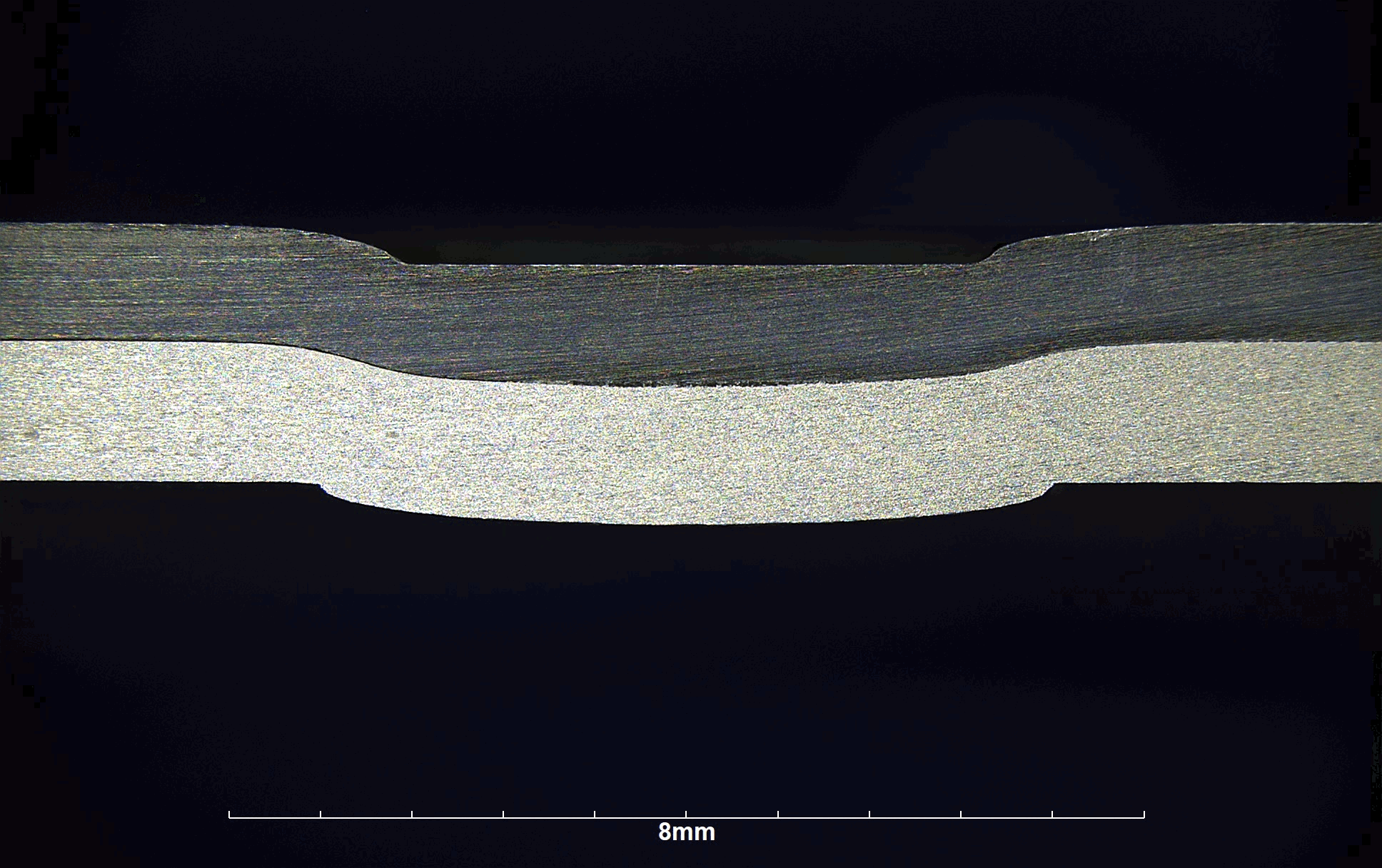Clinching is an important joining process in production technology in accordance with DIN 8593. It enables the joining of sheets of different thicknesses and materials, also in combination with adhesives or intermediate layers. Particularly valued in the sheet metal processing industry, clinching is suitable for individual sheet thicknesses from 0.1 millimetres up to a total sheet thickness of 20 millimetres and a tensile strength of up to 800 N/mm². Clinching offers a cost-effective, reliable and environmentally friendly alternative to welding, bolting and riveting.
The clinching process offers a high degree of flexibility as it securely joins sheets of different grades, surfaces and thicknesses. In addition, adhesives or other intermediate layers can be integrated into the process, which enables a wide range of applications.
















